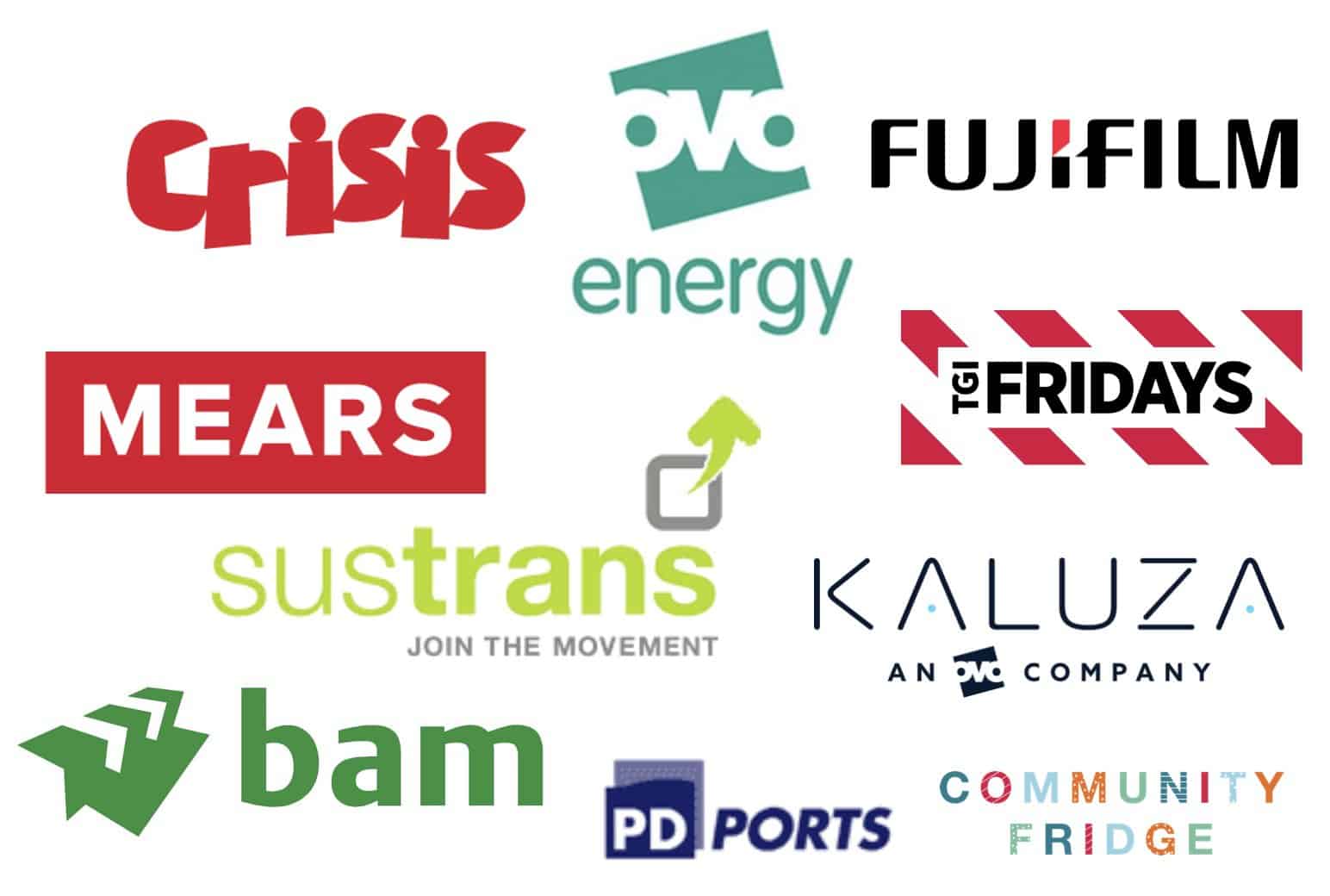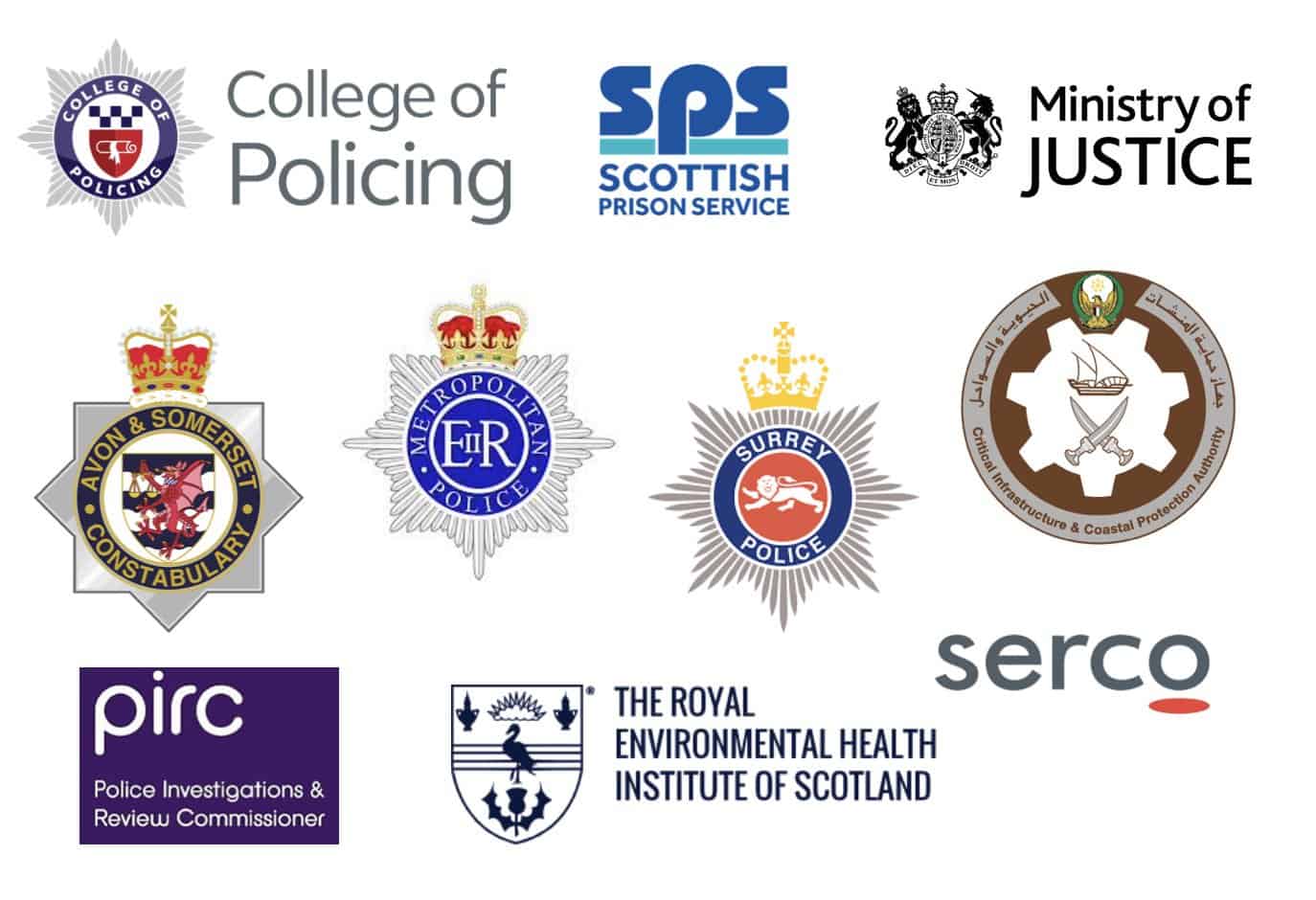
Community based workers are an essential part of society as they provide support and care to individuals in need. However, these workers face several risks to their personal safety while performing their duties. According to the British Crime Survey, violence at work affects a significant number of community-based workers in the UK. Training in personal safety addresses the issue of violence at work and the measures community-based workers can take to protect themselves, their colleagues and their organisation.
“It began with a phone call—a service user was looking for additional help with their issue. He got progressively more aggressive throughout the course of the conversation, and it culminated in him saying that he was coming down to the office there and then and he was going to hurt somebody. So we locked the front door. The staff were in the reception and office area..."


Community workers play a critical role in helping vulnerable populations such as victims of domestic violence, mental health patients, and the homeless. While the work is rewarding, it can also be dangerous, and community workers are exposed to personal safety risks such as abuse, intimidation, and the threat of assault. It is, therefore, essential for community workers to take personal safety seriously and be prepared for any situation that may arise. In this essay, we will discuss some of the personal safety issues that community workers face and ways to ensure personal safety.
Community workers face many personal safety issues that can put them in danger. These issues include:
Clients may become verbally abusive and use threatening language or shouting. Verbal abuse can be just as harmful as physical abuse and can cause psychological trauma to the worker.
Clients may physically attack the worker, causing harm or injury. Physical abuse can take many forms, from hitting and punching to kicking and biting. The worker must be prepared to defend themselves.
Workers may face sexual harassment or assault from clients. Sexual harassment can take many forms, from suggestive comments to unwanted touching. It can cause significant emotional distress to the worker.
Workers may be required to visit clients in their homes, which can be dangerous if the client is unpredictable or violent. Home visits can be a high-risk situation, and workers must be prepared for any eventuality.
To ensure personal safety, community workers must take proactive measures to mitigate potential risks. Some of the ways to ensure personal safety include:
Community workers should receive training on how to handle difficult situations, such as de-escalation techniques and self-protection. Training should also cover identifying potential risks and how to respond to them.
Workers should conduct a risk assessment before visiting a service user to determine any potential dangers. The assessment should cover the person and/ or the address history, the environment, and any potential triggers.
"If we don't tell staff what to say, we can't be surprised by what comes out of their mouths" - but many leaders wish their staff could handle conflict early and confidently, stopping escalation of situations and the need for management interventions at a later stage.
Workers should communicate with colleagues and supervisors about their whereabouts and any concerns they may have. It is essential to have a support network to turn to in case of an emergency.
Workers should have access to alerting devices or equipment, to protect themselves from harm. The equipment should be appropriate for the type of work and potential risks.
Workers should have an emergency response plan in place in case of an emergency. The plan should include a panic button or a phone app that alerts colleagues or authorities.
Personal safety is essential for community workers who deal with abuse, intimidation, and the threat of assault. It is vital to take personal safety seriously and be prepared for any situation that may arise. By being aware of personal safety issues and taking steps to ensure personal safety, community workers can protect themselves and provide the best possible care for their clients. Remember, taking precautions is not a sign of weakness, but rather a sign of responsibility and professionalism. Community workers play a critical role in helping vulnerable populations, and it is essential to ensure that they are safe while doing their work.
You want to stop things early before people become upset, or to deal with them when they are already upset in order to resolve the situation peacefully. Sometimes, you'll need to realise how much danger you are in, quickly, and be decisive and effective to keep yourself safe.
Be Alert And Decisive
Respond, Don't React
It's Showtime, all the time!
De-Escalation - identify and resolve high-stakes encounters when people are feeling angry, upset, disappointed.
Take Appropriate Action
If in Doubt, Get Out!
Self-Protection Tactics
Personal safety training is a crucial aspect of workplace safety that helps workers to mitigate safety risks and protect themselves from harm. In this article, we will discuss the benefits of personal safety training for workers and why it is essential for all at-risk employees to receive this kind of training.
Personal safety training empowers workers with the knowledge and skills they need to recognize potentially risky encounters and how to avoid them. Workers who receive safety training are less likely to be injured or abused, resulting in fewer lost workdays and medical costs for the employer.
When workers feel confident and safe in interacting with your service users or customers, they are more likely to be productive and motivated. Personal safety training instills a sense of confidence in workers, enabling them to focus on their work rather than worrying about their safety. This, in turn, leads to improved employee morale and productivity.
Personal safety training is often required by Health and Safety law and established industry standards. Employers who provide fit-for-purpose personal safety training to their workers are in compliance with these regulations and can avoid costly fines and legal issues.
Personal safety training often involves group activities, and interacts with other training such as first aid and emergency response drills. These activities create opportunities for workers to work together and communicate effectively. As a result, teamwork and communication skills are enhanced, leading to a more cohesive and efficient work environment.
Workers who receive personal safety training are better equipped to handle difficult situations, such as an emergency or a customer complaint. This leads to improved customer satisfaction, as customers feel confident that their needs will be addressed in a timely and professional manner.
In conclusion, personal safety training is an essential aspect of workplace safety that provides workers with the knowledge and skills they need to protect themselves from harm. By reducing workplace injuries, improving employee morale and productivity, complying with safety regulations, enhancing teamwork and communication, and improving customer satisfaction, personal safety training benefits both employees and employers. Employers should make personal safety training a priority and ensure that all workers receive this kind of training. Remember, a safe workplace is a productive workplace.
Example Core Scenarios - you may have a person in your workplace who is:
Using these core scenarios as examples, we lead your Personal Safety Training learners through exercises where they must use elements of the Non-Escalation, De-Escalation and Crisis Management methods and select the appropriate strategies to meet the situation.
However, many staff will depend on on-the-job training or their natural talents to get through difficult encounters. Without expert input, reassuring them of their efforts, burnout is more likely.
With the help of academic colleagues at Loughborough University, we are continually developing enhanced learning design methodology which ensures that your training budget is spent on best-value activities. Our training is therefore:
Established in 2006, since 2017 Dynamis has been a Quality Award Centre with the Institute of Conflict Management (QAC#2201) which provides independent assessment and verification of our high Quality Assurance Standards.
Gerard O’Dea, our Director of Training, also holds the ICM Physical Skills Tutor Award (ICM L324 # 5488T) which provides independent quality assurance, evidence, verification and recognition of the award holders’ expertise, knowledge and qualifications in physical skills tuition.
Copyright - Team Dynamis Ltd